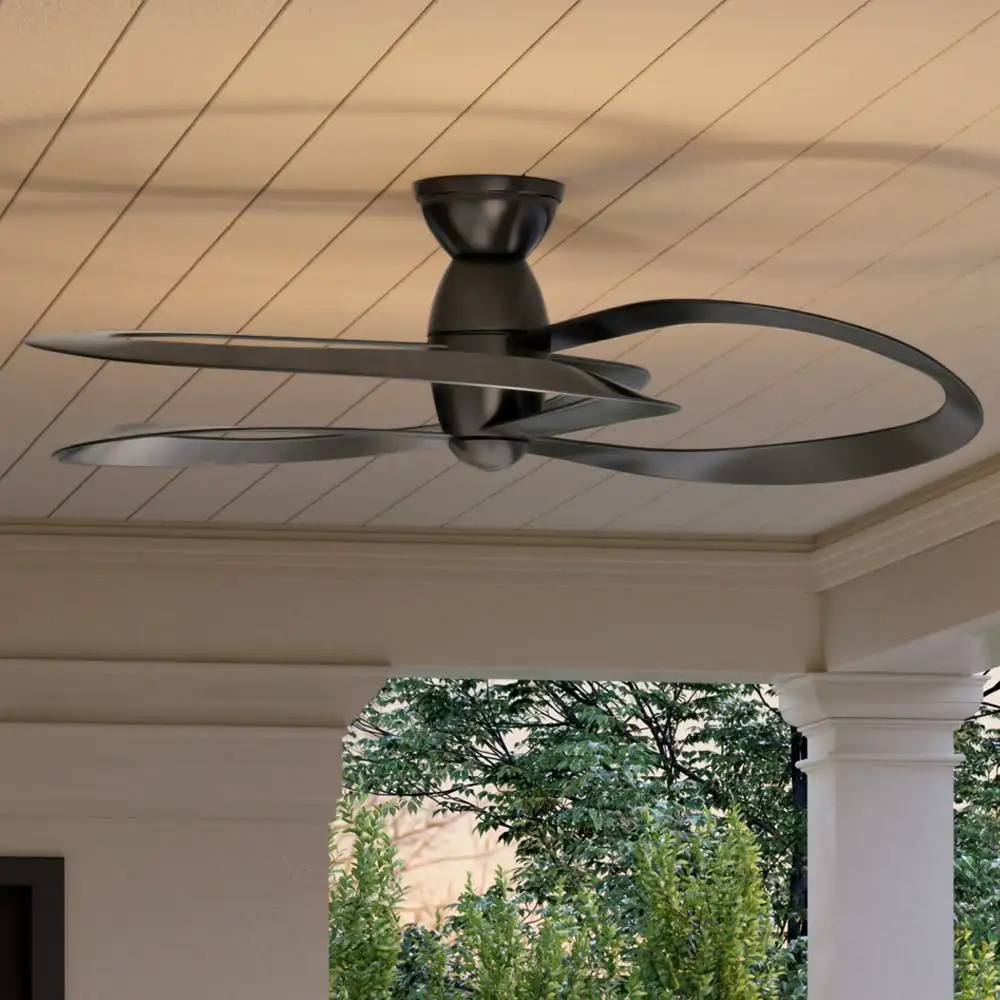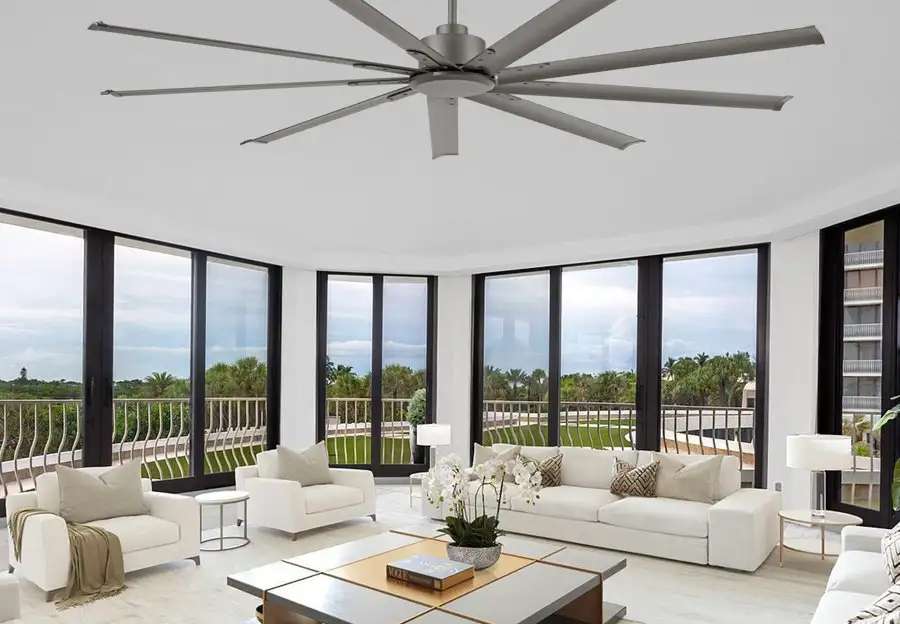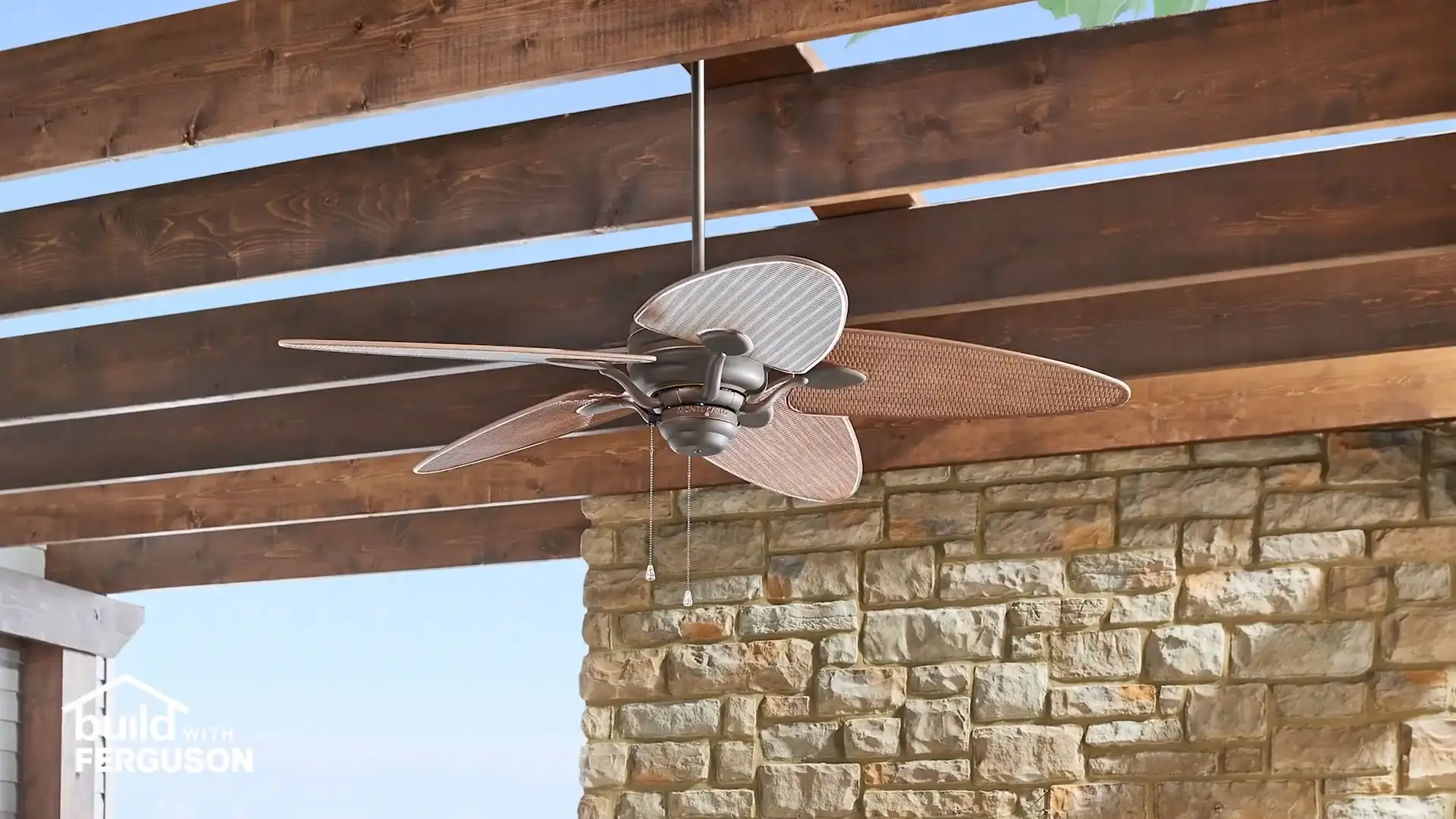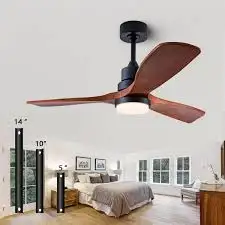quạt trần có sẵn
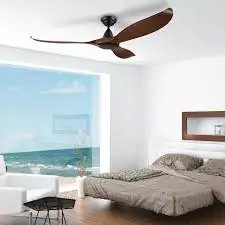
Ceiling fans have come a long way from their basic, functional designs of the past. Originally created to provide basic air circulation, modern ceiling fans now incorporate advanced technology and appealing aesthetics. They are not just tools for comfort; they have evolved into essential home décor elements. Today, homeowners can choose from a vast array of styles, sizes, and finishes that complement any room's design. Factors like energy efficiency, noise reduction, and smart functionality have also become important considerations in fan selection. This evolution reflects the growing trend towards creating more energy-efficient homes. By utilizing ceiling fans, homeowners can reduce reliance on air conditioning, thus saving on electricity bills while maintaining comfort. Ceiling fans have numerous advantages that enhance their appeal for every room. Firstly, they provide cooling effects during hot summer months by circulating air, which helps the body's sweat evaporate, making you feel cooler. In colder months, reversing the fan's direction pushes warm air down, ensuring even heat distribution throughout the room. This versatility makes ceiling fans a year-round comfort solution. Additionally, ceiling fans are more energy-efficient than traditional air conditioning systems. They use significantly less electricity, which contributes to lower energy bills and a reduced carbon footprint. Moreover, with various designs available, they can serve as eye-catching ceiling fixtures that elevate any space. With innovative designs and features, ceiling fans can also enhance the overall ambiance of a room, making them stylish and practical. When selecting a ceiling fan, several key factors should be considered to ensure optimal functionality and aesthetic appeal. Start by assessing the size of the room; larger spaces may require fans with wider blades or multiple fans for effective air circulation. The height of the ceiling is another critical factor, as it determines the type of mount you should use. For low ceilings, choose hugger or flush mount fans that stay close to the ceiling. In contrast, high ceilings may benefit from longer downrods that allow fans to be positioned at the most effective height. Additionally, consider the fan's motor type; DC motors are typically quieter and more energy-efficient than AC motors. Look for features like remote control, variable speed settings, and integrated lighting to enhance the fan's functionality. Incorporating these aspects ensures that your choice of a ceiling fan aligns with the interior design while serving its purpose effectively. Ceiling fans are versatile and can complement virtually any space in your home. In the living room, a stylish ceiling fan can act as a focal point and create a comfortable environment for relaxation or gatherings. Opt for larger fans with a powerful motor to circulate air effectively in spacious areas. For bedrooms, consider models with quiet operation and dimmable lighting to create a tranquil setting conducive to sleep. The fans can be adjusted to create a gentle breeze at night, promoting better rest. In dining rooms, ornate ceiling fans can enhance the overall decor while maintaining a cool atmosphere during meals. Kitchen ceiling fans also offer practical benefits By improving ventilation and reducing heat accumulation from cooking. Furthermore, outdoor spaces like patios and porches can benefit from weather-resistant ceiling fans that allow enjoyment of fresh air even in the warmer months. To prolong the life and efficiency of your ceiling fans, scheduled maintenance is essential. Dust and dirt can accumulate on the blades and motor over time, reducing air quality and airflow. To clean, ensure the fan is turned off and use a soft cloth or a specialized fan blade cleaner to gently wipe the blades. For hard-to-reach areas or thick dust, consider using a vacuum cleaner with a brush attachment. Regular cleaning not only maintains aesthetics but also ensures optimal performance. A well-balanced ceiling fan operates more efficiently and quietly. If you notice wobbling or rattling during operation, it’s essential to investigate. Checking the installation for loose screws, ensuring blades are tightened, and adjusting the weights if needed can resolve these issues. For added balance, consider using a balance kit that helps identify and correct any unbalanced blade or fan situation. Periodically inspecting the electrical connections is crucial for safety and performance. Ensure that the wiring is secure and free from wear and tear to prevent any electrical hazards. If you are uncomfortable with electrical work, it is advisable to hire a professional to conduct routine checks. Make sure to turn off the power supply before inspecting the fan. In case of any issues or if unusual sounds occur, consult experts for repairs. One of the great features of modern ceiling fans is the ability to change rotation direction. In summer, ceiling fans should move counterclockwise to create a wind-chill effect, while in winter, they should move clockwise to circulate warm air. Make sure to switch directions based on the season to maximize efficiency and comfort. This simple adjustment can significantly improve energy savings, allowing for lower energy bills and enhanced comfort with minimal effort. Yes, using ceiling fans can help reduce energy bills by providing a cooling breeze that allows homeowners to raise their thermostat settings in the summer. By using fans in conjunction with air conditioning, you can maintain comfort at a higher temperature, reducing energy consumption. Room size is critical in determining the appropriate ceiling fan size. Generally, for rooms up to 75 square feet, a 36-inch fan is suitable, while larger rooms might require a fan up to 56 inches or more. To safely clean your ceiling fan, first, turn it off and ensure it is cooled down. Use a step stool if necessary, and gently wipe the blades with a damp cloth or a special fan cleaner. For hard-to-reach areas, employ a vacuum cleaner with a brush attachment.Discover the Cool Comfort of Ceiling Fans for Every Room
The Evolution of Ceiling Fans
Benefits of Ceiling Fans
Choosing the Right Ceiling Fan
Ceiling Fans for Every Room
Important Maintenance Tips for Ceiling Fans
Regular Cleaning
Check for Balance
Inspect Electrical Connections
Consider Seasonal Rotation
Frequently Asked Questions (FAQ)
Can ceiling fans really help reduce energy bills?
What size ceiling fan do I need for my room?
How do I clean my ceiling fan safely?

